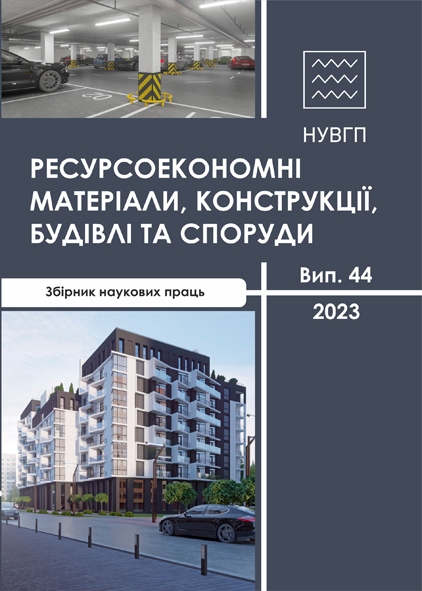NATURAL OSCILLATION OF BEAM STRUCTURES IN BRIDGE BUILDINGS
DOI:
https://doi.org/10.31713/budres.v0i44.24Abstract
The topic of bridge reconstruction is extremely important and, accordingly, relevant today. Making high-quality design decisions is a crucial stage in the process of their rehabilitation. In this context, obtaining theoretical dynamic characteristics for bridge structures is of great practical importance. Determination of the actual frequencies and modes of natural oscillation forms of the bridge span structure is one of the main tasks to be solved during dynamic testing. Comparison of full-scale experimental data on deflections and oscillation frequencies with theoretical ones can provide a picture of the state of the span structure, taking into account hidden defects that can be significant. In this paper, modern computer software products are used to establish the parameters describing the natural vibrations of bridge girder structures. They are based on the use of the finite element method (FEM) and also allow modeling the behavior of structures under various actions. The paper compares the frequencies and modes of natural oscillations for beams modeled by two types of finite elements. In the first type of modeling, a universal spatial rod FEM was used, and in the second, a spatial universal eight-node isoparametric FEM was used. The modeling and calculations of the beam structure were carried out in the environment of the LIRA-SAPR software package. The reliability of the theoretical calculation was assessed by comparing the experimental data obtained for a steel beam with a box cross section. For the beam structures under consideration, the first three frequencies of natural oscillations were determined and their corresponding shapes were constructed. The influence of the ratio of the beam length to the cross-sectional height on the natural vibration frequencies is studied.

